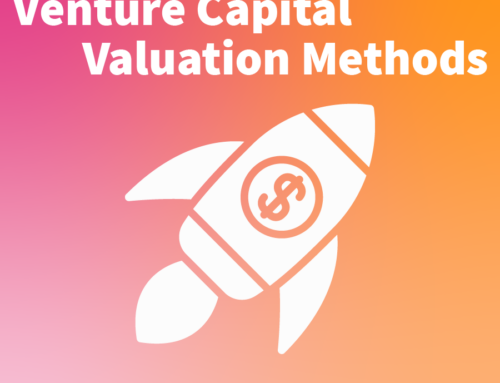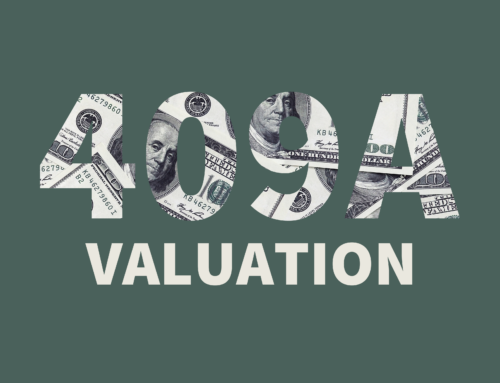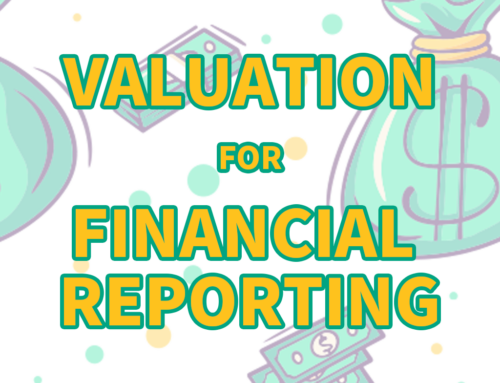Hedging Against Interest Rate Increases with Technology Diligence
Pop quiz: When was the last time the Federal Reserve raised interest rates by 50-basis points in a single meeting? Here’s a hint: if you’re a fan of Destiny’s Child, still have an @aol.com address, and love the movie Gladiator, then you’re going to feel right at home.
The year was 2000.
We’d survived the Y2K bug. The NASDAQ had just finished doubling in 1999. And then, on May 17, 2000, Alan Greenspan and the FOMC took steps to rein in inflation by raising the Fed rate 50bps to 6.5%. Within 24 months, the NASDAQ would drop from nearly 8,000 to under 2,000.
There are many reasons to hope – and genuinely believe – that this interest rate cycle won’t be as bad as 2000. But there are also many reasons to think that we should learn from past cycles and prepare. As these interest rate conversations increasingly pop up in our venture capital and private equity conversations, we thought we’d share what we’re hearing, seeing, and tracking in the marketing – and how technology diligence might be the hedge that many investment committees might be looking for.
Investor Repositioning and Expectations
As interest rates rise, institutions that invest in venture capital and private equity funds may reposition their capital. Higher yields in sovereign and corporate bonds may draw many investors into these “lower risk” assets, especially if long-horizon investors like insurance companies and pensions can lock in these rates at long durations.
PE and VC firms can respond in a few different ways:
- Demonstrate higher inflation-adjusted returns
- Differentiate their portfolio risk management process
- Return capital faster or more regularly
Aside from crossing their fingers and hoping to find the next overnight unicorn, how can firms achieve and communicate these goals?
Avoiding the  Sparkly Disasters
Sparkly Disasters
With increasing investor expectations, firms will need to take extra precautions to identify “sparkly disasters” – organizations that seem like big winners at first glance, but whose intangibles and technology practices tell a different story.
Tech is still hot – especially AI and machine learning. In pursuing higher inflation-adjusted returns, many funds feel pressured to invest in such companies or pivot existing data-rich portfolio companies. While these technologies really do present huge value creation opportunities, the devil also often lies in the details.
When it comes to tech, there is no better way to measure the quality of a company than its source code, data, and models. Thorough technology diligence can identify a number of issues that could ultimately impact the bottom line – or even the going concern – of an investment. Many companies dramatically overstate the quantity, quality, or ownership of their software, data, or machine learning assets. When funding markets slow down and cash gets tight, companies often cut corners or take high-risk strategies to secure a runway. Uncovering issues related to technology intellectual property and compliance is critical in markets like this, allowing investors to:





Tech-Driven Value Creation
Once an investment has been made, what can GPs do to increase the likelihood of their investment meeting milestones, increasing enterprise value, and return appreciated capital?
There are a number of factors to consider:
Was the portco originally focused on a pure services strategy? Is a pivot to a technology-enabled services strategy feasible? In markets where technology financing slows down, attractively-priced tech companies can be combined with mature services companies to create serious margin expansion.
Was the portco originally focused on a technology-enabled services strategy? Is a pivot to a product or self-service platform strategy feasible? Many times, internal incentive mismatch between service and technology groups can hide the true potential for product revenue.
Has a portco with a technology-enabled or product strategy pivoted? For example, has the product suite evolved to focus on one particularly profitable product? In cases such as these, strategic licensing, BU spinouts, or asset dispositions can create large recurring or one-time profits with minimal additional work.
Sometimes, these spinouts or strategic licensing opportunities exist entirely within a single firm’s portfolio. The missing ingredient is often a full inventory of software and data assets across the portfolio companies.
Would credentialing like SOC 2, ISO 27001, or FedRAMP open up additional customer markets for the portfolio companies? Standards, audits, or certifications frequently present as gatekeeping mechanisms that kill sales and constraint customer segments. Furthermore, standards like these are increasingly relevant in Governance metrics under ESG programs, which are becoming more important in both public and private exits.
Does the portfolio company have a clear, compliant data strategy? Are they executing on it or do they need technical or compliance support? Are they measuring and communicating how data is creating enterprise value?
Increased Funder and Acquirer Leverage in Negotiations
Increased Diligence
In recent years, markets have been highly competitive, with investors often moving quickly to ensure that they can successfully secure investment and acquisition of target companies. The focus was on completing diligence adequately and quickly.
With rates rising and capital becoming more scarce, markets are shifting in favor of funders. PE and VC firms will be able to conduct more diligence without risking loss of opportunity. Critically, technology-enabled tools like our Diligencer Platform can also help decouple “more diligence” from “more time,” meaning funders can increase confidence without sacrificing on speed or flexibility.
Strategic Influence
Some firms differentiate themselves by investing their own time and knowledge into their portcos. With additional information about the internal workings of their investments’ technology stack, source code, data, models, and practices, hands-on funders and active PE firms are better able to increase the value of their portcos.
By capturing information about often-overlooked areas, investors can work with their portfolio companies to address issues before they have a significant impact on the companies’ financials or KPIs. For example, investors should be asking after software development and data science teams to make sure they are on the right track with senior management.
- Is the software development team adequately staffed for the business strategy?
- Is the company overpaying for the quantity or quality of software or infrastructure managed?
- Have data science or machine learning programs created new compliance risks or potential markets?
Onward and Upward
Increasing interest rates will likely result in changes to the way that venture capital and private equity investments are made – or not made. Some of these changes may be difficult to anticipate; however, more technology diligence, both upfront and ongoing, seems to be almost certain as markets adjust to interest rate changes.
We work with private equity, venture capital, and corporate M&A to quickly and thoroughly diligence and value the software, data, and AI in potential and existing investments. Through this discovery and assessment process, we are able to provide actionable recommendations and valuations to manage risk, identify opportunity, and support financial reporting.


 Sparkly Disasters
Sparkly Disasters




